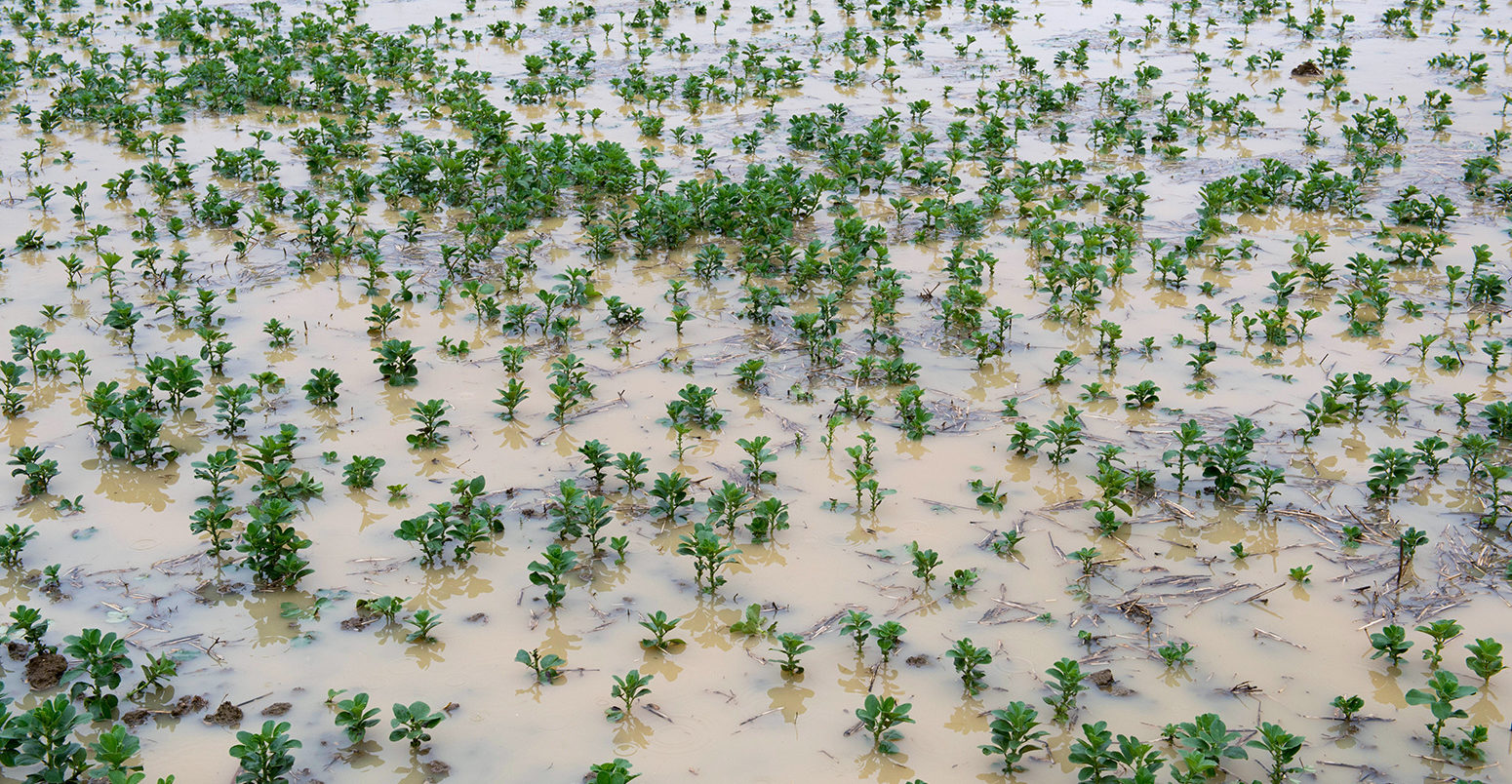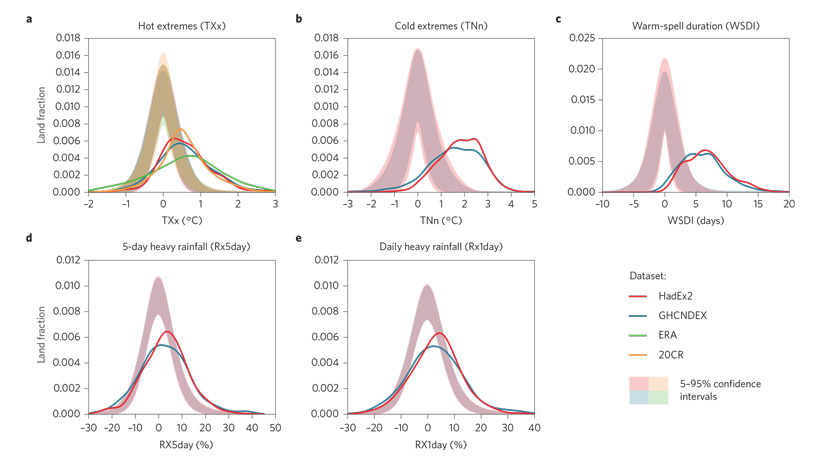
Guest post: Half a degree could make a world of difference

Dr Carl-Friedrich Schleussner
06.30.17
Dr Carl-Friedrich Schleussner
30.06.2017 | 5:30amDr Carl-Friedrich Schleussner is head of climate science and impacts, and a scientific advisor to Climate Analytics.
Observational records show us that half a degree of warming in the recent past has brought significant increases in extreme weather events, which provides another line of evidence for what an additional 0.5C of warming could entail.
Differentiating climate impacts between 1.5C and 2C warming above pre-industrial levels has been a hot topic in climate science since the adoption of the 1.5C long-term temperature limit in the Paris Agreement and much research is underway for inclusion in the IPCC special report on impacts at 1.5C warming.
We rely on climate model projections to discuss potential differences in future warming levels. Studies of the projected differences between 1.5C and 2C – using a set of climate models – have identified impact and region-specific “hotspots” of change with substantial differences, particularly for the occurrence of temperature extremes.
The world has already experienced approximately 1C of warming since the mid-19th century, which means we have an actual record of warming to study. Analysing past differences may be helpful in assessing what difference half a degree of future warming could bring.
Most of our observational records provide comprehensive coverage from the second half of the 20th century, which, at best, amounts to only little more than 0.5C warming. If we assess changes in the climate system or impacts and their linkages to anthropogenic climate change, we may often be able to attribute these changes to 0.5C of warming, or even less.
In a new study, my co-authors Peter Pfleiderer, Dr Erich M Fischer, and I have looked into extreme weather indicators from two datasets. We have assessed a 0.5C warming difference in the observational record between two periods: 1960–1979 and 1991–2010, following the Nasa GISTEMP record. The results are in the figure below.
We found robust differences for all of the indicators we looked at: hot and cold extremes, warm spells and heavy rainfall. For a quarter of global land areas, we found the intensity of hot extremes increased by 1C, while the intensity of cold extremes decreased by 2.5C, and that extreme rainfall intensity increased by 9%. The duration of warm spells increased by about a week in half of land areas – substantially outside of the range of natural variability.

Differences in extreme weather event indices for 0.5C warming over the observational record. Probability density functions show the globally aggregated land fraction that experienced a certain change between the 1991-2010 and 1960-1979 periods for the HadEX2 and GHCNDEX observational datasets. Source: Schleussner et al. (2017)
We compared our results to climate model simulations of 0.5C warming over the observational record, as well as future warming of 1.5C and 2C. We found good agreement between observed and modelled changes for hot extremes and extreme rainfall, as well as between modelled 0.5C differences. This shows we can learn something from past changes about what to expect for future 0.5C warming differences.
Confidence in the observational record among scientists and the public is generally very high, so such an analysis could prove very useful for communicating future 0.5C differences. Even more importantly, it allows us to relate an abstract quantity, such as a global mean temperature increase, to the climate change we have experienced over recent decades.
However, it is important to also highlight the limitations to such an “analogue” approach. The observational record of extreme weather has only limited coverage in most tropical regions, such as Africa, South America and South Asia. If anything, this renders our estimates conservative. Additionally, other anthropogenic factors, such as land use or land management changes, or aerosol emissions, have influenced (regional) climate over recent decades and are expected to do so in a future 1.5C or 2C world.
Most importantly, however, such an analogue should not be seen as a best estimate for future 0.5C warming differences for many climate impacts, but rather as a lower bound. It only holds for intensity-based indicators (hot temperatures, extreme rainfall, etc) and not for duration-based indicators, such as warm spell duration, that are often more impact-relevant.
Nor does it account for systemic thresholds, such as the risk of deadly heat, or heat stress for crops, for example, or large-scale tipping points. As warming progresses and we move outside the range of natural variability of the climate of the recent centuries, we have to expect that impacts on biophysical or socio-economic systems are becoming increasingly non-linear and that thresholds for some of these systems are crossed.
The recent unprecedented, globally synchronised mass bleaching of tropical coral reefs with widespread coral mortality is certainly a very worrying reminder of the existence of such thresholds. Limiting warming to 1.5C, or below, may provide a chance for survival of these unique and precious systems.
Schleussner, C. et al. (2017) In the observational record half a degree matters, Nature Climate Change doi: 10.1038/nclimate3320

